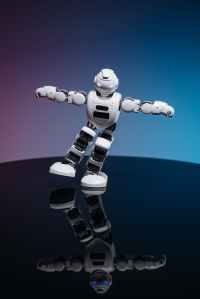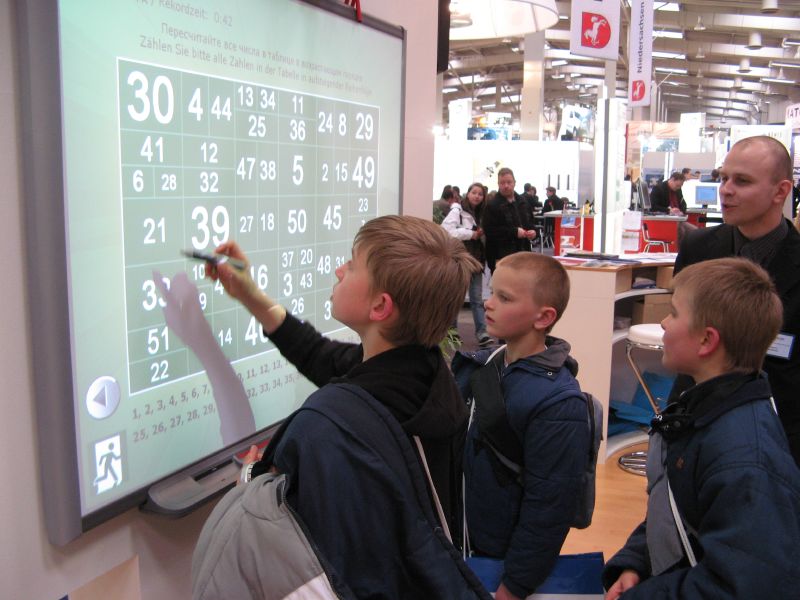Check it out, I am posting a month later! (better than a year later, right?)!
Two weeks ago, I introduced my students to music centers. Remember that these children had never had a music education before last year. I wasn’t comfortable with using centers when I was still learning how to teach music but now that I have a year under my belt and my students have a rudimentary understanding of the basics, I felt centers were finally doable. Let’s take a look at some of them:
Listening Center
Hiding in the back of one of my closets was a Califone 1218AVPS-01 8 Person Stereo Listening Center with Headphones Jackbox and Carry Case:

I have no idea how old this thing is. It’s somewhat yellowed compared to the picture, but each headphone was still wrapped in cellophane pouches. This became my listening center. I plopped a CD of instrumental music in the donated boombox, hooked this baby up to it, and attached 6 of the headphones. Then I included some clipboards, manila paper, and crayons. The objective was for students to draw/color what the music made them feel.
Rhythm Games
- Rhythm Dice: I found a few sets of these tucked into the back of a drawer. To get more, or to make different sets I figure I can make my own in the future. A quick search of Teachers Pay Teachers leads to several free downloads of different centers to use with these dice.
- Rhythm Pie: I created this resource (available on TPT) to provide a tangible manipulative for students to make the connection between fractions and note values.
- Rhythm Race: I found this board game on TPT, and it’s a huge hit with students of all grades.
Instruments
For this station, I pulled a few bins of non-pitched percussion instruments out (maracas, castanets, guiros, and jingle bells), and let the students explore what sounds they could make with them. My two rules were that they can’t bang them on the floor, and not to hit them so hard that they break.
Quaver
This last station is where my SHARP screen is. I pulled up the interactive activity we were working on in Quaver and instructed students how to compose measures in various meters. They would then grab a set of rhythm sticks and tap out the rhythm they created. I stationed myself at this center as it gave me a good idea of who struggled with the task of reading and playing 4/4 measures made up of quarter notes and rests and barred eighth notes.
How did it go?
I’d say that on the whole, my first week of music centers went pretty well. Students have been asking when they can do centers again, so…pretty successful!
And now to take you full circle to the title of this post. Here’s one of my favorite mashups by DJ Cummerbund just because I can:











